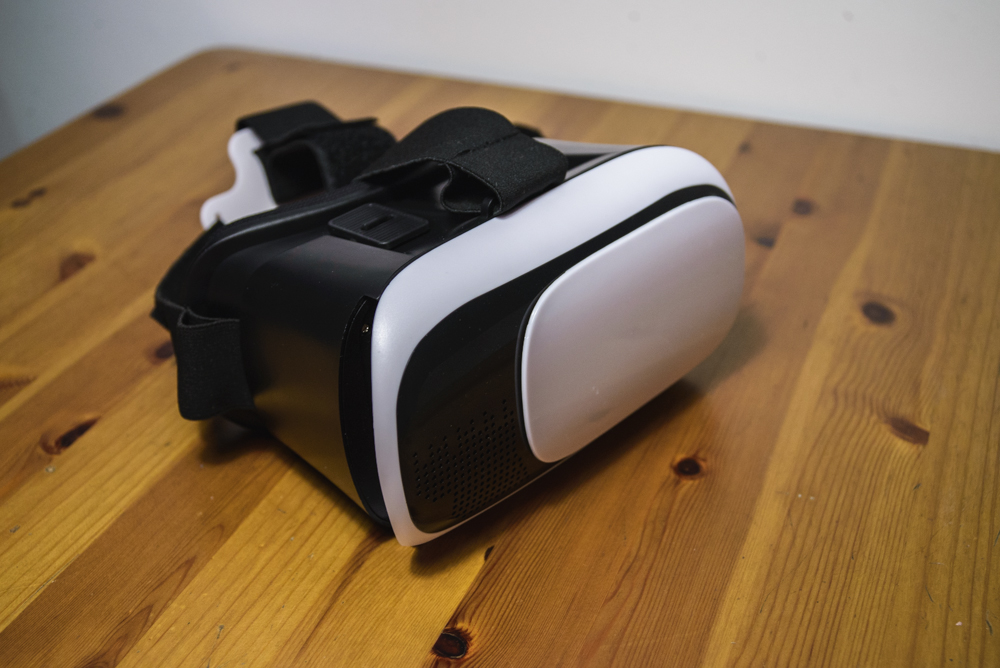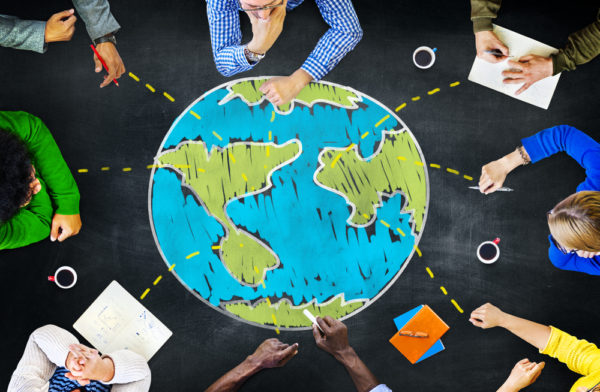In the rapidly evolving landscape of education, the integration of virtual reality (VR) into classrooms has emerged as a groundbreaking development. This technology transcends traditional learning methods, offering immersive and interactive experiences that significantly enhance educational outcomes. But perhaps the most exciting aspect of VR in education is its potential to foster global collaboration, paving the way for a more interconnected and understanding world.

Virtual reality has revolutionized the way students learn and interact with educational content. By creating a three-dimensional, interactive environment, VR allows students to explore concepts and scenarios that would otherwise be inaccessible. This immersive experience leads to better engagement, improved retention of information, and an overall more enjoyable learning process.
Imagine a history class where students can virtually walk through ancient civilizations, or a biology lesson where they can explore the human body from the inside. VR makes these scenarios possible, transforming abstract concepts into tangible experiences.

The true potential of VR in the classroom, however, lies in its ability to connect students across the globe. Here’s how VR contributes to successful global collaboration:
- Breaking Down Geographical Barriers: VR allows students from different parts of the world to interact in a shared virtual space. This technology eliminates the physical and logistical constraints of traditional international exchanges.
- Cultural Exchange and Understanding: Through collaborative VR projects, students can experience and understand diverse cultures more intimately. This fosters empathy and respect, essential components for successful global collaboration.
- Language Learning and Practice: VR provides an immersive environment for language learning, where students can practice with native speakers in real-life scenarios, without ever leaving their classroom.
- Global Problem Solving: By collaborating in virtual environments, students can work together on global issues like climate change or sustainable development, promoting a sense of global citizenship and responsibility.

Numerous schools and institutions have already begun to harness the power of VR for global collaboration. For instance, a project connecting students in the United States with their counterparts in Syria used VR to share experiences and perspectives, breaking down misconceptions and building bridges between diverse communities.
Another example is a global environmental science program, where students from various countries collaborate in a VR space to understand and address environmental challenges. These real-world applications highlight the immense potential of VR in fostering global understanding and cooperation.
The use of virtual reality in classrooms is not just about technological advancement; it’s about shaping a new generation of globally-minded individuals. As VR becomes more accessible and its applications in education more widespread, we can look forward to a future where students are not only well-educated but also more empathetic and connected to their global peers. The possibilities for collaboration and mutual understanding are limitless, and it’s up to us to harness this potential to its fullest.
As we stand on the brink of this new educational era, it’s essential for educators, policymakers, and technology developers to work together to ensure that VR technology is used to its maximum potential in classrooms around the world. The future is here, and it’s virtual. Let’s embrace it to create a more connected, collaborative, and understanding world.
Reference:
- Grammar Check and re-correction : ChatGPT v3.5 & Grammarly, 12/10/2023.